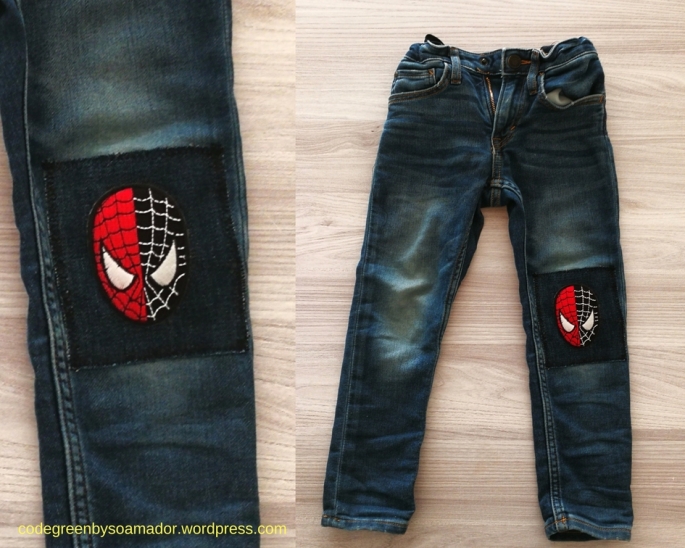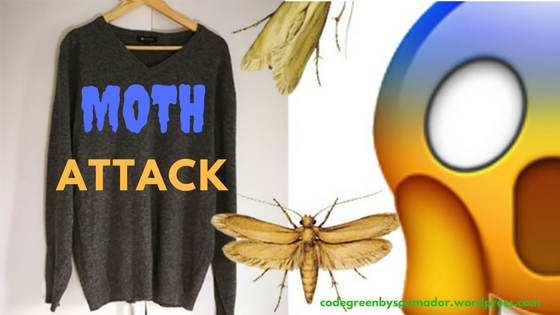 Do you have kids? If you do you would know all about how fast they wear out clothes. It’s insane, my son is 4 and he can break a pair of pants by his 3rd wear. Always on the same knee. As a parent I really don’t want to buy clothes all the time. The amount of clothes you have to buy just because of growth is crazy. That is really not sustainable, or good for your wallet. But there are some things you can do, like clothes swapping, buy used and YEAH fix things when they are broken!! ❤
Do you have kids? If you do you would know all about how fast they wear out clothes. It’s insane, my son is 4 and he can break a pair of pants by his 3rd wear. Always on the same knee. As a parent I really don’t want to buy clothes all the time. The amount of clothes you have to buy just because of growth is crazy. That is really not sustainable, or good for your wallet. But there are some things you can do, like clothes swapping, buy used and YEAH fix things when they are broken!! ❤
When you do buy new things, buy things with good quality and opt for the options that causes the least harm to the environment. The options are starting to become more available, as the trend of eco-consciousness is reaching the chains as well. (Finally) ❤️😊
Anywayz lets get back to patching. This is such an super easy fix for en-longing the life span of your clothes, not only pants but jackets as well. If you add a patch with your kids favorite superhero. The item is not only fixed, it is upgraded to the coolest item in the wardrobe.
What you need;
- The broken pants or jacket
- 1 pair of sissors
- Chalk
- Ruler
- Sewing machine
- Thread
- 1 piece of fabric in the same thickness as the broken one
- 1 iron-on patch with a motive
- 1 cloth to cover the iron on patch
- 8 pins

- Measure the hole and add a couple of centimeters to be sure the patch will cover up the hole. Draw up the patch on the back of the piece of extra fabric, using chalk and a ruler. Cut it out.
- Place the iron-on patch in the middle of the patch. Set the iron to cotton. Cover the patches with the cloth. Iron for 30 sec to 1 min. Do the same on the back of the fabric.
- Sew a straight seam around the iron-on patch, just to be sure it does not fall off. Sew a zig-zag around the edge of the patch. width 5 mm and length 3 mm works well as a a setting.
- Pin the patch over the whole. Remember to lay the pants flat before you start pinning.
- Sew on the patch using a straight seam close to the hem. Sometimes the clothes are really small and navigating with a machine can be hard. Then using a needle and thread, stitching it on by hand is way easier.
So easy, don’t you think? Ruined pants become like new, just with much more personality and love in them ❤
I hope you liked this tutorial. Thx for reading ❤









